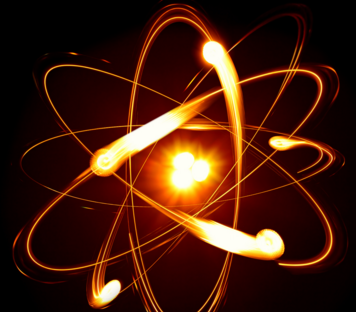**From Atoms to Electricity: The Energy Journey Inside Nuclear Power Plants**
(Nuclear Power Plants Are Designed To Convert Nuclear Energy Into What Type Of Energy?)
Picture flipping a light switch. The bulb glows. Your phone charges. Your fridge hums. None of this happens by magic. It starts with energy—and nuclear power plants are masters at turning invisible atomic power into something we use daily. But how? Let’s break it down.
Nuclear power plants exist for one big reason: to turn nuclear energy into electrical energy. You might wonder, “How does splitting atoms keep my lights on?” The answer lies in a chain reaction. Atoms of uranium, a heavy metal, get split apart in a process called nuclear fission. When this happens, they release an insane amount of heat. Heat is energy, right? Now the plant’s job is to grab that heat and transform it into electricity.
Think of it like a high-tech campfire. Instead of roasting marshmallows, we’re boiling water. Here’s the step-by-step. First, the heat from fission turns water into steam. This isn’t your average tea kettle steam. We’re talking superheated steam, hot enough to spin turbines—giant metal fans—at crazy speeds. The turbines are hooked up to generators. Spinning turbines mean spinning magnets inside the generators. When magnets move past copper coils, electricity pops out. That electricity shoots through power lines to homes, schools, and businesses.
But wait, nuclear plants aren’t just fancy steam engines. They’re designed with layers of safety. The uranium fuel sits in solid ceramic pellets, sealed inside metal tubes. These tubes live in a massive steel reactor vessel, which sits inside a concrete dome. Even if something goes wrong, the concrete acts like a fortress. The goal? Keep the heat and radiation locked in.
You might ask, “What about the environment?” Nuclear plants don’t burn anything, so they don’t spew smoke or carbon dioxide. That’s a win for clean air. The downside? Handling nuclear waste. Used fuel stays radioactive for thousands of years. Scientists are working on solutions, like burying it deep underground or recycling it. For now, the waste gets stored in secure pools or dry casks at plant sites.
Nuclear energy isn’t perfect, but it’s a key player in our energy mix. It works day and night, rain or shine. Solar panels sleep at night. Wind turbines take breaks when the air is still. Nuclear plants? They hum along, pumping out steady power. Countries like France get over 70% of their electricity from nuclear. The U.S. gets about 20%.
Some people worry about accidents. Stories like Chernobyl or Fukushima stick in our minds. Modern reactors are built differently. They use passive safety systems. If power fails, gravity or natural circulation kicks in. No need for human intervention. New designs even recycle existing waste as fuel.
The big picture? Nuclear plants are heat factories with a mission. They take the energy trapped inside atoms, convert it to heat, then to motion, then to electricity. It’s a three-step dance: fission to steam to electrons. No explosions, no smokestacks—just science doing its thing.
(Nuclear Power Plants Are Designed To Convert Nuclear Energy Into What Type Of Energy?)
The next time you charge your laptop or microwave dinner, remember the journey. Tiny atoms split, steam rises, turbines whirl, and electrons race through wires. It’s all connected. Nuclear energy isn’t magic. It’s engineering. And it’s lighting up the world, one atom at a time.
Inquiry us
if you want to want to know more, please feel free to contact us. (nanotrun@yahoo.com)




